
5 Essential Tips for Choosing the Best Outdoor LED Strip Lights
Share
Outdoor LED strip lights are an excellent way to enhance the ambiance, functionality, and safety of your outdoor spaces. Whether you're looking to add lighting around your patio, highlight a garden, or increase security around your home, the right outdoor LED strip lights can make a significant difference. However, with so many options available, how do you choose the best ones for your needs? In this article, we’ll explore 5 essential tips to help you make an informed decision when selecting outdoor LED strip lights.
Table of Contents
- Understand the Importance of Weatherproofing
- Choose the Right Brightness for Your Outdoor Space
- Select the Best Length and Flexibility
- Determine the Right Color Temperature
- Consider Energy Efficiency and Power Options
1. Understand the Importance of Weatherproofing
When selecting outdoor LED strip lights, one of the most crucial factors is weather resistance. Since these lights will be exposed to the elements, ensuring they are adequately weatherproofed is essential for longevity and performance. Outdoor LED strips should come with an IP rating (Ingress Protection rating) that indicates their resistance to water and dust.
- IP65: Waterproof, suitable for most outdoor conditions (rain, snow).
- IP67: Fully waterproof, can be submerged in water for a short period.
- IP68: High-level waterproof, designed for extreme weather and submersion.
Here’s a quick guide on the ideal IP rating for different outdoor conditions:
| IP Rating | Suitable For | Water Resistance | Dust Resistance |
|---|---|---|---|
| IP65 | Basic outdoor use (patios, gardens) | Resistant to rain and splashes | Protected against dust |
| IP67 | Exposed to heavy rain or sprinklers | Immune to temporary submersion | Full protection from dust |
| IP68 | Extreme outdoor conditions (coastal areas, submerged installations) | Fully waterproof, withstands submersion | Complete dust protection |
Make sure to look for IP65 or higher for your outdoor LED strip lights to ensure they can handle rain, humidity, and other weather conditions without compromising performance.
2. Choose the Right Brightness for Your Outdoor Space
24V IP68 Waterproof COB LED Strip Lights Flexible Tape 320LEDs Bright Liner Lighting RA90
The brightness of outdoor LED strip lights is measured in lumens, and selecting the right brightness depends on the area you want to illuminate and the purpose of the lighting.
For example, if you need ambient lighting for a patio, you may want softer, lower lumens, while if you're illuminating a driveway or highlighting outdoor features, you’ll need brighter lights.
Here's a simple guide to help you select the appropriate brightness based on the area:
| Area | Recommended Brightness (Lumens per foot) |
|---|---|
| Ambient lighting (patios, decks) | 30 - 50 lumens |
| Pathways or stairways | 50 - 100 lumens |
| Security lighting (driveways, entryways) | 100 - 150 lumens |
| Highlighting landscape features | 30 - 70 lumens |
Example: If you’re illuminating a 10-foot walkway, you’ll need a total of 500 to 1,000 lumens (10 feet x 50-100 lumens/foot).
Consider your specific lighting needs and the function of the light—whether it's for safety, ambiance, or highlighting key features.
Further Reading:
3. Select the Best Length and Flexibility
Outdoor LED strip lights are available in various lengths, typically ranging from 16.4 feet (5 meters) to 32.8 feet (10 meters). The correct length will depend on where you plan to install the lights and how much area you need to cover. Many LED strips can be cut to size, allowing for custom lengths.
When choosing your LED strips, consider the following:
- Flexible Strips: Choose flexible LED strips if you need to install them around curves, corners, or tight spaces.
- Pre-cut Strips: Opt for pre-cut strips for straight installations like along the edge of a patio, stairway, or balcony.
Additionally, check if the strips come with adhesive backing, which makes them easy to install without the need for extra hardware or drilling.
4. Determine the Right Color Temperature
Color temperature is one of the most important aspects of outdoor lighting. It determines the ambiance and functionality of your outdoor space. The color temperature of outdoor LED strips is measured in Kelvins (K). Here’s a breakdown of different color temperatures:
| Color Temperature | Appearance | Best Use |
|---|---|---|
| Warm White (2700K-3000K) | Soft yellow glow | For relaxed, cozy outdoor spaces like patios and gardens. |
| Neutral White (4000K-4500K) | Neutral, balanced light | Ideal for general-purpose outdoor lighting like walkways. |
| Cool White (6000K-6500K) | Bright, crisp white light | Best for security lighting or bright illumination for driveways and pathways. |
| RGB (Color Changing) | Multiple colors | Great for decorative purposes, parties, or special events. |
Choosing the right color temperature will not only enhance the look of your outdoor area but also improve the functionality of the lighting. For security, you’ll want a cooler, brighter light, while warm white is ideal for creating a cozy, inviting atmosphere.
5. Consider Energy Efficiency and Power Options
Energy efficiency is an important factor when selecting outdoor LED strip lights. LEDs are inherently energy-efficient, but there are still differences in power consumption among different models. Pay attention to the wattage and the power source of the lights:
- Solar-Powered LEDs: Perfect for areas with good sunlight exposure, solar-powered LEDs are an excellent energy-saving option.
- Plug-in LEDs: These require an outlet but typically offer more consistent brightness and are available in longer lengths.
- Battery-Powered LEDs: Best for temporary setups or locations where access to electricity is limited.
In addition to energy savings, you should consider how long the LEDs last. High-quality outdoor LEDs can last up to 50,000 hours, meaning they’ll require less frequent replacement.
Here’s a comparison of power consumption between different types of outdoor LED strip lights:
| Power Type | Power Consumption (Watt per meter) | Pros | Cons |
|---|---|---|---|
| Solar-Powered LEDs | 2 - 5 watts | No electricity cost, eco-friendly | Requires sunlight, may not work well in cloudy regions |
| Plug-in LEDs | 5 - 10 watts | More powerful, consistent light | Requires an outlet, higher installation cost |
| Battery-Powered LEDs | 3 - 6 watts | Portable, easy to install | Frequent battery replacement needed |
For the most energy-efficient option, solar-powered LEDs are the best, especially for decorative lighting. However, for more demanding applications like security lighting, plug-in LEDs provide more consistent brightness and power.
Conclusion
Choosing the best outdoor LED strip lights requires balancing factors like weatherproofing, brightness, length, color temperature, and energy efficiency. By following these 5 essential tips, you’ll be able to find the perfect lighting solution that enhances both the functionality and aesthetic of your outdoor spaces. Whether you need a cozy ambiance, enhanced security, or decorative lighting, outdoor LED strip lights offer a versatile and energy-efficient option to suit your needs.
Related Articles:




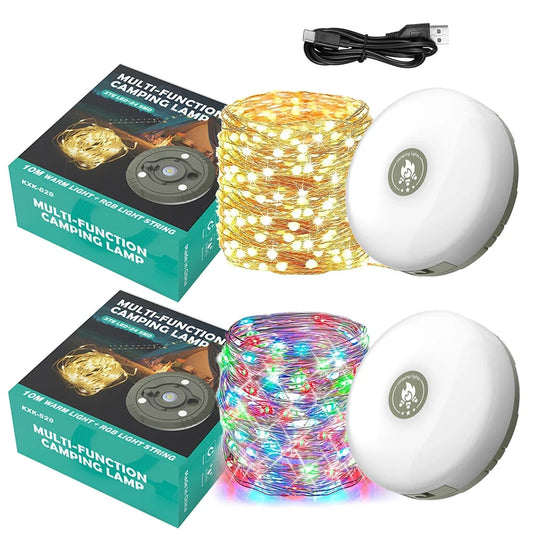

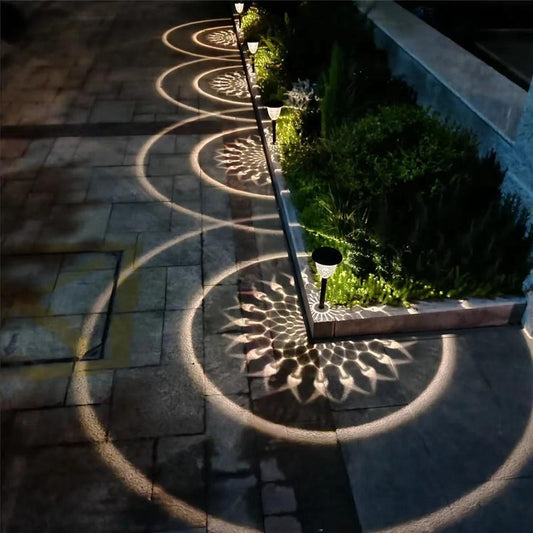

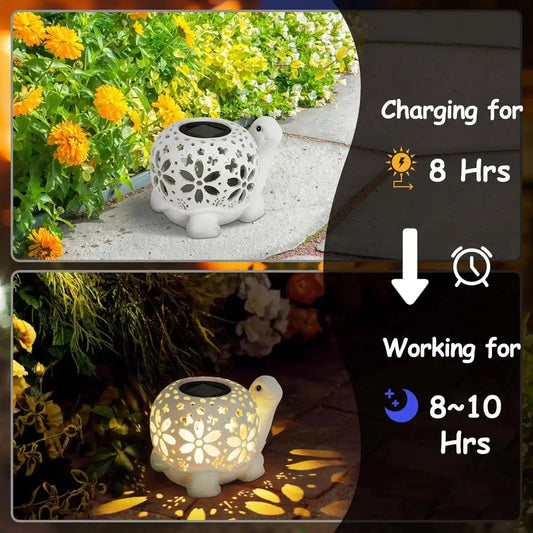

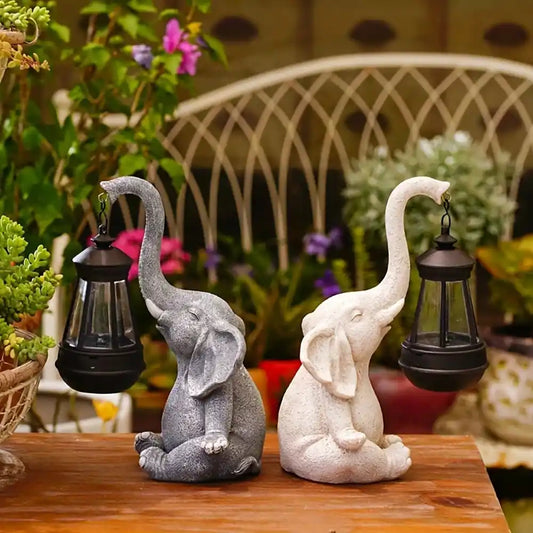

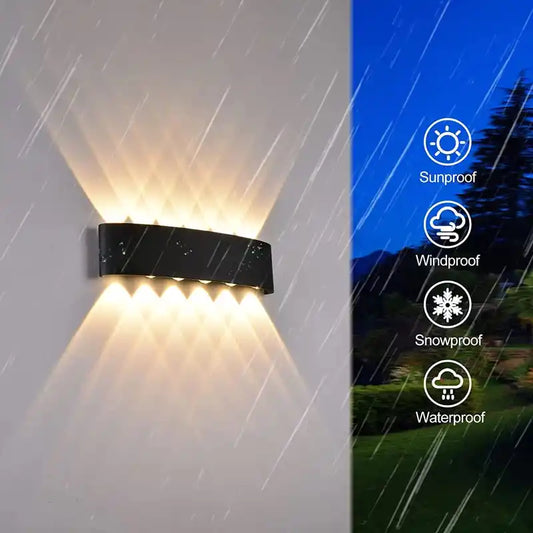

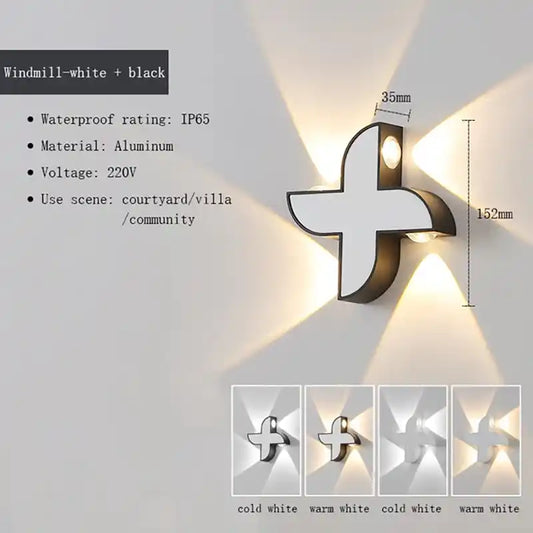

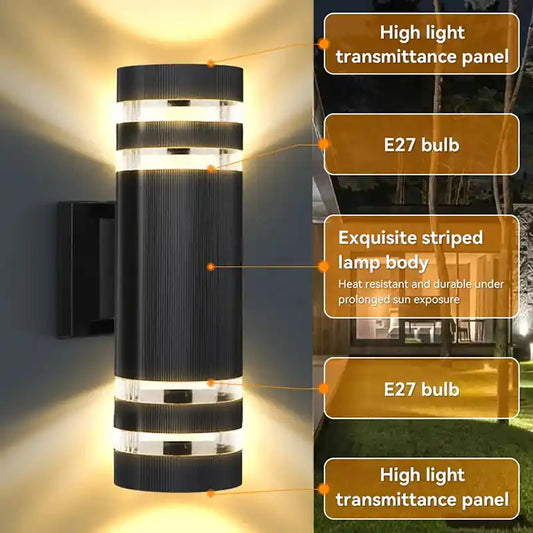

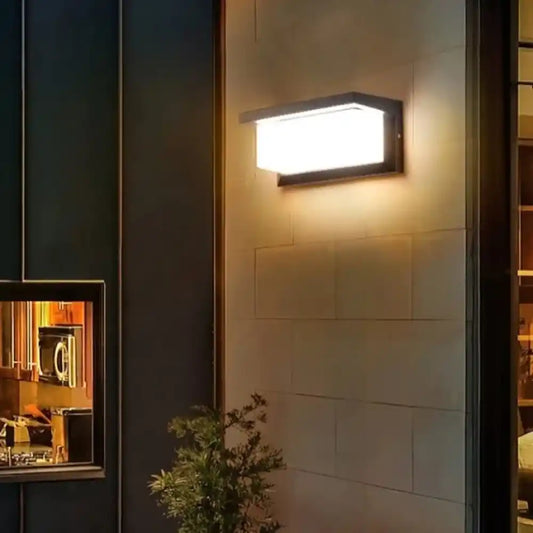



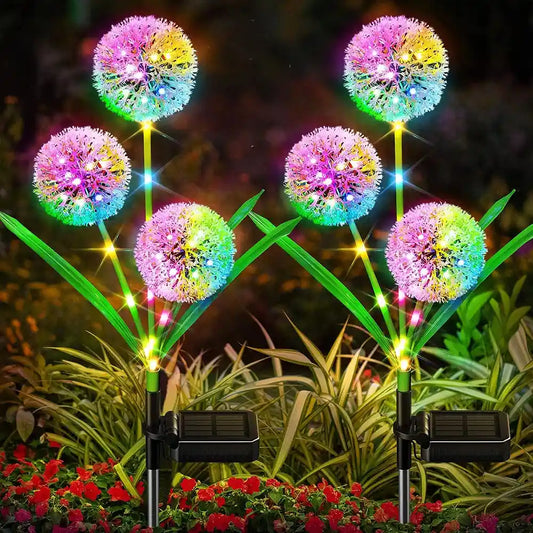



 />
/>
 />
/>
 />
/>
 />
/>
 />
/>
 />
/>